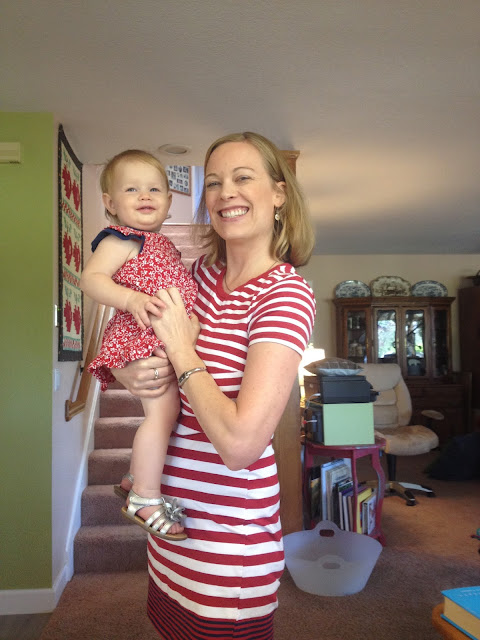The novel is set in post WW-II in the seaside town of Merham. One main character is an adolescent, Lottie, who had been evacuated from London to the English countryside for safety during the London bombings. Never really liked nor reclaimed by her mother, she is also a bit of an outsider within the seaside town family who shelters her. There was potential in this premise that I felt the author never fully explored. Lottie becomes fascinated one summer with a modern atypical house with its ocean view and unique architecture located near the home where she is staying. She also fascinated by its associated occupants. The residents of this architectural oddity were actor and artist types. The first third of the book, despite its picturesque setting, was boring, pompous, and confusing. I stuck with the book, but in retrospect I wish had not.
So why did I? Usually when I stick with a not-so-great book it is because "hope springs eternal" that it will get better or I have liked other works by the author. There was a bit of that this time but there was also another curious reason. The consistent link in this book was the white art deco Hollywoodesque house, perched on the cliffs of seaside town of Merham in England. Arcadia, as the house was named, was distinctly different from all the neighboring homes and therefore subject to suspicion from small minded townspeople.The remainder of the book focused on a renovation of the now deserted Arcadia and the designer directing the work for the new owner. I thought with my interest in home design and home decoration and my enjoyment of shows like Fixer Upper and Property Brothers on HGTV that the setting and central theme of the book would be to my taste. I was disappointed that there was insufficient description of the setting, renovation changes, or design process to woo me.
For the next two-thirds of the book, addressing the house conversion to a posh resort, an entirely new set of angst-filled characters was introduced. The remainder of the book was set in more modern times and so was not quite as tedious and circuitous in language as the first third. The main character for this portion is Daisy, the designer for the house renovation who has to cope with being a single parent after having been deserted by her partner and lover of five years shortly after the birth of their baby. The character links between the first third of the book and the remainder were too late in their revelation in my opinion. The book has innuendos of undisclosed homosexuality, several loveless marriages entered into for convenience or obligation, and two out-of wedlock births where the father is out of the picture, though for very different reasons in either case. Any budding romance has too many obstacles. Nobody in the book appeared to be happy. I was not happy that I'd invested my time reading it.





















































